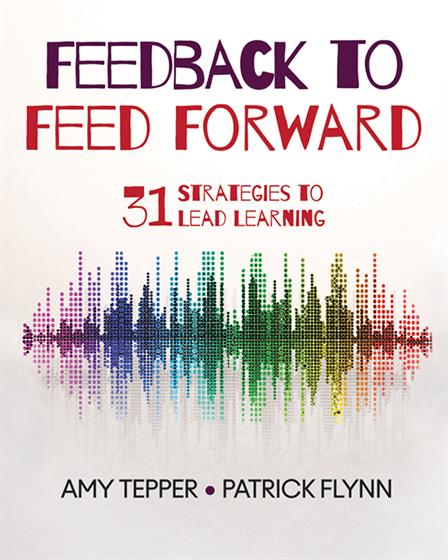Hands-on, Practical Guidance for Educators
From math,
literacy, equity, multilingual learners, and SEL, to assessment, school counseling,
and education leadership, our books are research-based and authored by experts
on topics most relevant to what educators are facing today.

Feedback to Feed Forward
31 Strategies to Lead Learning
By:
Amy Tepper, Patrick Flynn
With ready-to-use strategies and field-tested lesson examples, this how-to guide helps leaders conduct comprehensive observations, analyze lessons, develop high-leverage action steps, and craft effective feedback.
Product Details
- Grade Level: PreK-12
- ISBN: 9781544320229
- Published By: Corwin
- Year: 2018
- Page Count: 256
- Publication date: June 26, 2018
Review Copies
Review copies may be requested by individuals planning to purchase 10 or more copies for a team or considering a book for adoption in a higher ed course. Request review copy



